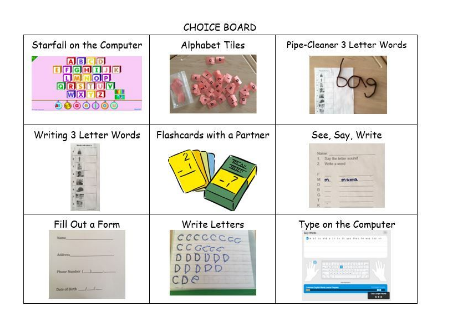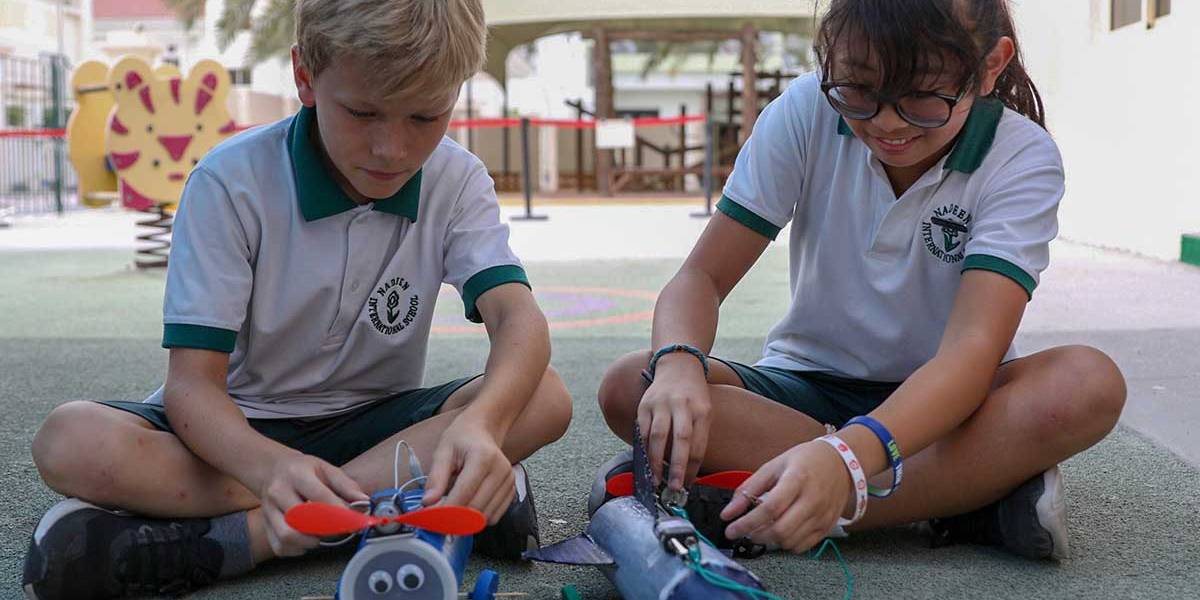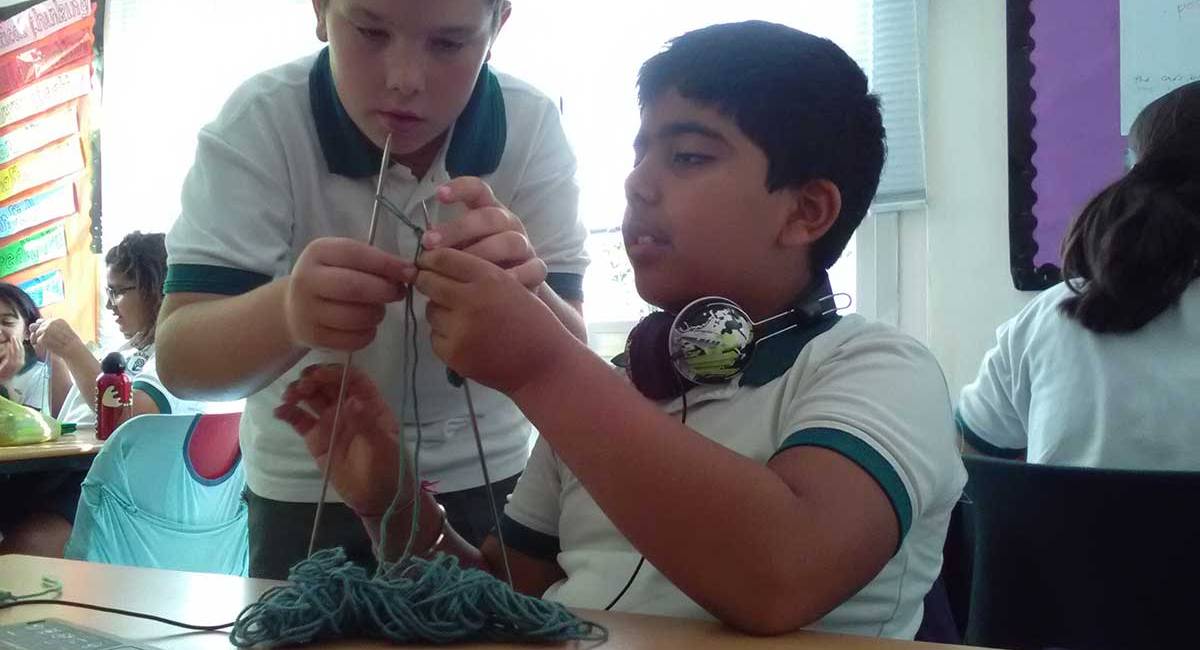What is Student Autonomy By Fatima Haji
What is student autonomy?
Student autonomy is when students are more engaged in school, less disruptive in class, and feel a stronger sense of belonging and connection to their school when they see their teachers open to their ideas, allowing them to make decisions about their learning and schoolwork.
In one study, students claimed they felt a greater sense of belonging to their school when they believed they were allowed to take part in decision-making, had influence over how things were handled in class, participated in the rule-making process and when teachers questioned the class about what they intended to study.
Examples of strategies that can enhance student autonomy:
- Involve students in the process of creating the rules, values and expectations for the classroom.
- Regularly go through them with the class to review what is working and what might need to be changed.
- Whenever possible, update or adapt our classes, activities and assignments to consider student interest. Consider adding extra readings and videos, having guest speakers to speak about topics that students are most passionate about, etc…
- Encourage students to take the lead in class discussions or group activities. For instance, encourage students to select a topic or idea discussed in class to present to classmates.
- Whenever possible, provide options. Consider, for instance, providing students with a selection of possible tasks or assessment formats.
For example a choice board like this one:
To foster student autonomy:
- We have to observe the opinions and interests of our students and respond accordingly.
- Give students opportunities to take charge of their schoolwork by assigning them activities that appeal to their interests and that they value.
- Give learning activities an explanation so students understand their relevance.
- Provide students with options to enhance their involvement in activities, performance and curiosity.
- Answer student’s questions, but avoid giving immediate assistance. Instead, encourage them to find the solutions on their own.
- Reduce the amount of direct instruction and listen more closely to the students.
“Supporting autonomy is not about permissiveness, but about helping to catalyse students’ willingness to engage in learning through well-organized learning environments and activities” (Ryan and Deci 2020)
References:
Cambridge university press & assessment:https://learning.cambridgeinternational.org/professionaldevelopment/
CDC: Division of Adolescent and School Health, National Center for HIV/AIDS, Viral Hepatitis, STD, and TB Prevention
By: Fatema Mohammed Haji
_












